It might be seen as curious for western people, but many Japanese use their own chopsticks at home. On the other hand, they use disposable ones outside like in restaurants and on hiking trips.
Disposable chopsticks are made of thinned wood, which was cut down to manage the forest. Tree thinning is necessary to keep the forest healthy. Thinned wood is a kind of waste material and I thought it was not bad for greenhouse gas emission because the wood was grown by absorbing CO2 gas. Throwing away the disposable chopsticks only means expiring CO2 gas that was absorbed during growth.
However, thinned wood is extremely versatile and it's a waste to use it as chopsticks. Additionally, Chinese-made chopsticks have the concern that some poisonous chemicals might have been used in the process of bleaching, coloring and sterilization. I decided to stop using disposable chopsticks and carry my own chopsticks. It is one of my small actions against global warming.
That said, I didn't have to get chopsticks urgently, so I have dropped in at chopstick shops sometimes over these three months. Then, today, I found nice chopsticks in a special fair in a department store. A famous craftsman, who came from Kyoto, a noted historic city, was advertising and selling his products.
I listened to his lesson about chopsticks and realized how little knowledge I had about chopsticks that I had used almost every day since I was in short pants. During his lesson, I tried to pick some food up with various chopsticks. A small piece of konjac (http://en.wikipedia.org/wiki/Konjac), Udon (http://en.wikipedia.org/wiki/Udon), a julienne carrot, a small fishbone, , , these were hard to pick up with ordinary chopsticks. The craftsman said, "If you carry your own chopsticks all the time, the chopsticks must be multipurpose. If you use disposable ones when you eat Udon at a restaurant, it would be nonsense to take along your own chopsticks." For subscribers who have not eaten Udon with chopsticks, disposable ones are more useful to pick up and cut the noodle rather than ordinary lacquered chopsticks. The craftsman wanted to emphasize that I shouldn't use disposable ones even when I eat Udon. Finally I bought one of his suggestions that cost 12000 yen, about 120 U.S.$.!
Can you believe the price? I'm explaining the material of the chopsticks in the next entry.
(Vocabulary)
disposable chopsticks 割りばし
That's a waste. もったいないよ
lumber from thinning // thinned wood 間伐材
utilize waste materials 廃物利用をする
thinning // tree thinning 間伐
thin the forests 間伐する
That said, とはいえ
julienne (野菜などが)千切りの
lacquered chopsticks 塗りばし
外国人には奇異に思えるかもしれないが、日本人は普通家庭では個人専用の箸を使う。しかし、外食や行楽時には割り箸を使う。
割り箸は間伐材から作られていて、もともと不要な材木から作られている。またこれらの材木は二酸化炭素を吸って成長しているからこれらを燃やして出る二酸化炭素は温暖化の原因にはならないと考えていた。しかし、間伐材は箸の他にもいろいろな用途があり、使い捨ての箸として使うのはもったいない。温暖化防止のために小さな努力をしたい、間伐材がもったいないということでマイ箸を持ち歩くことにした。
とは言っても、急ぐ話ではないし、この3ヶ月ほど閑なときには箸を売っている店に寄ってみていた。そして今日、素晴らしい箸を見つけた。職人が自分の作品を展示、説明していたのでその説明を聴いた。いろいろな食材も置いていたのでそれらをつまんでみた。驚いたことに箸によってつまみやすさが異なり、安い箸だとつまみ上げることが出来ない場合さえあった。また普通の塗り箸で掴めないようなものでも掴める箸が存在した。そしてその素晴らしい箸の価格は12600円。
この価格を信じられるだろうか?次の記事でその材料について書くことにする。
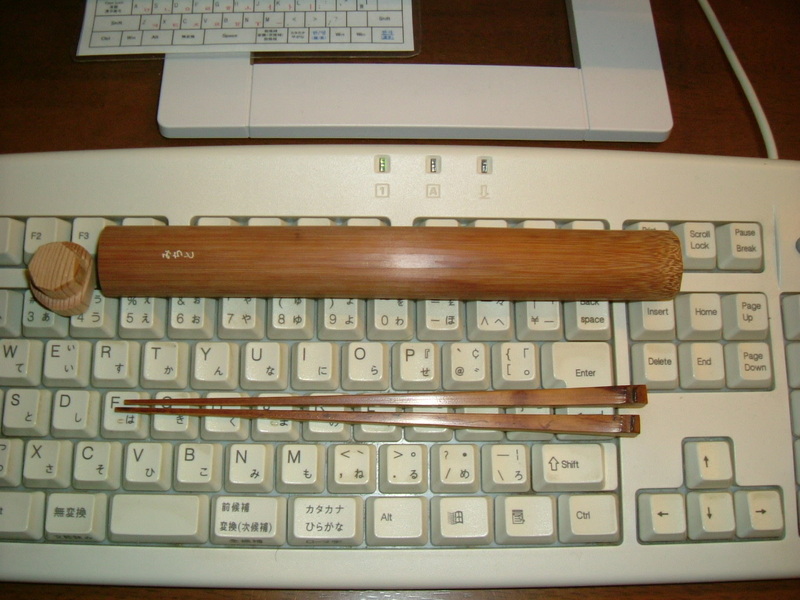
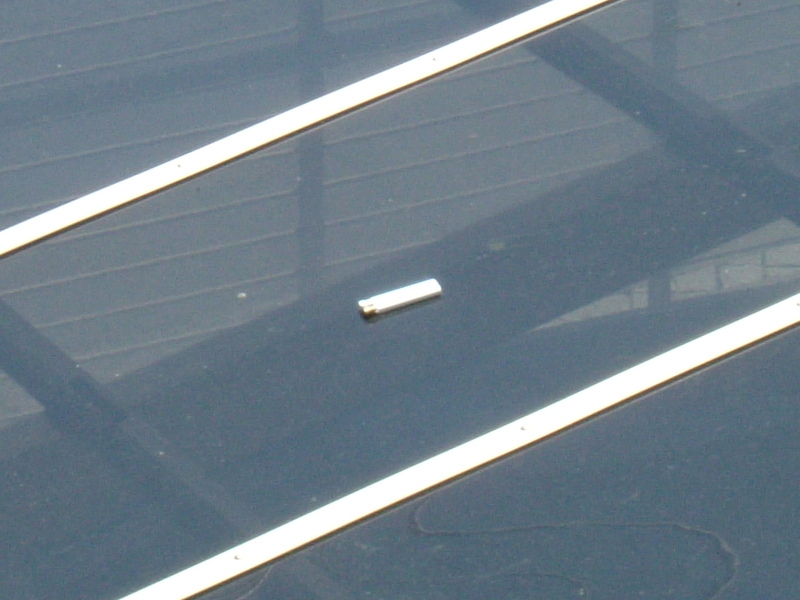

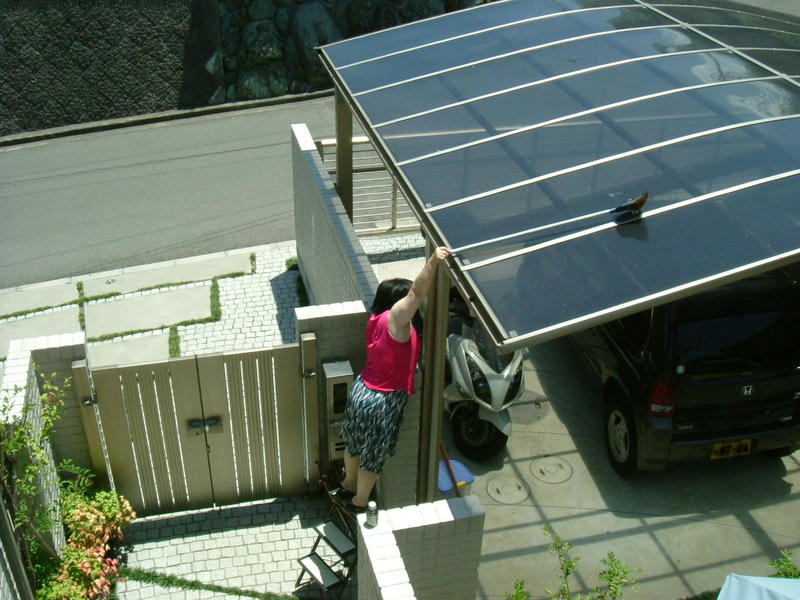
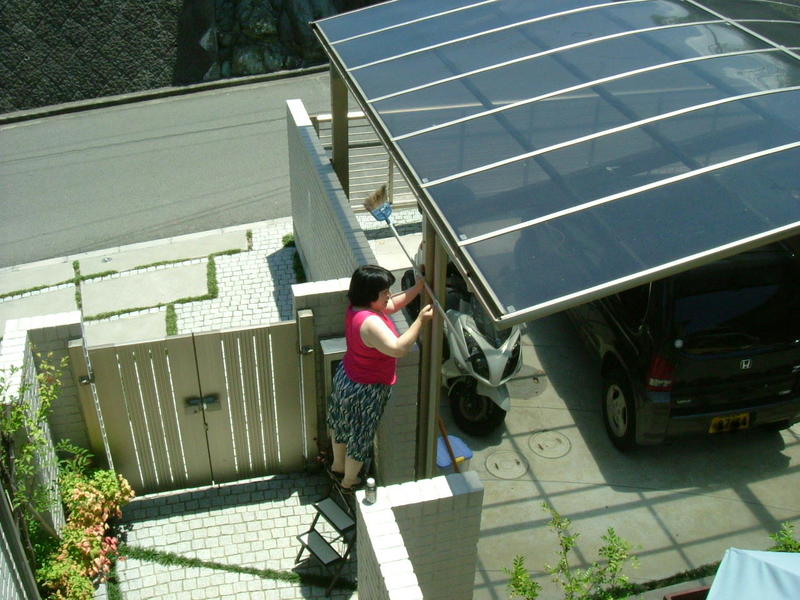
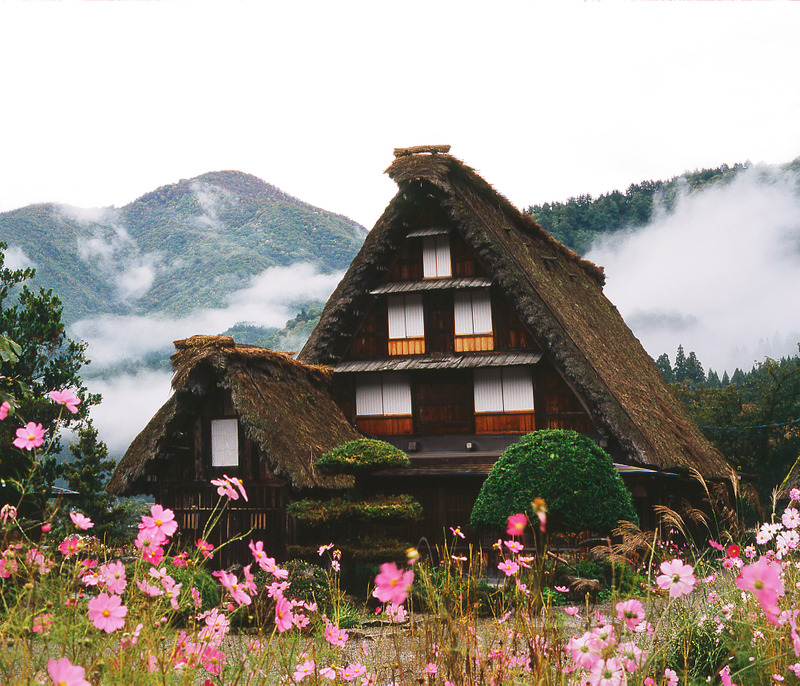
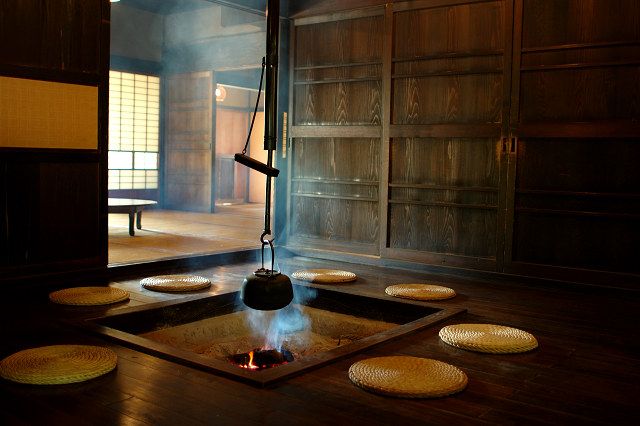
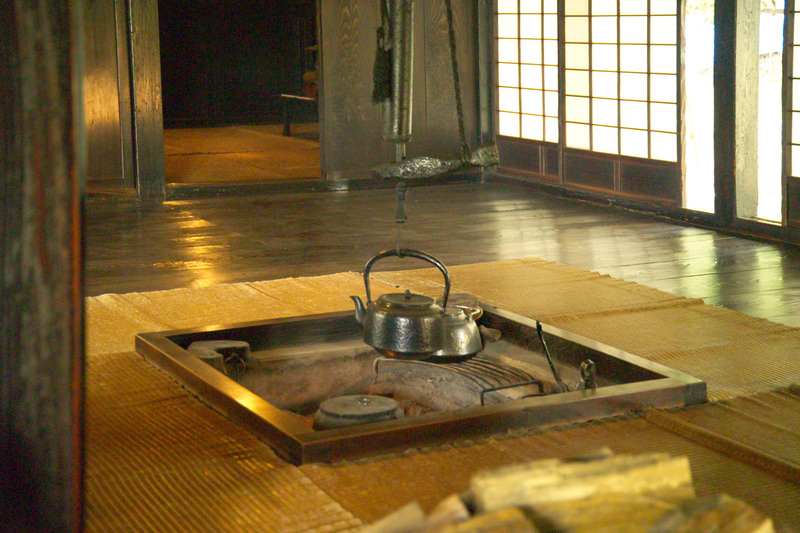

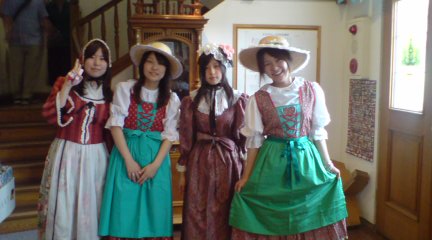
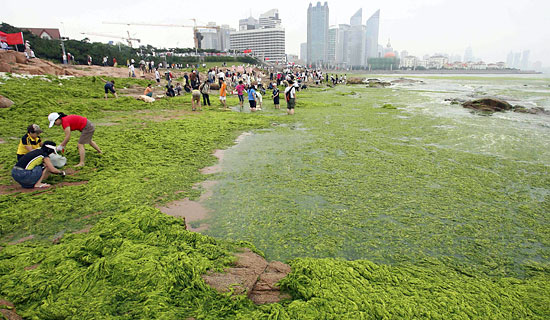
Recent Comments